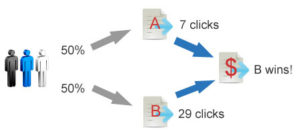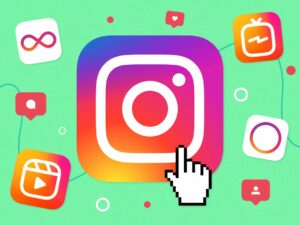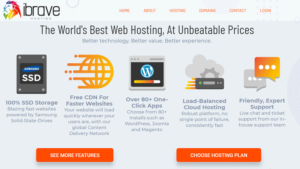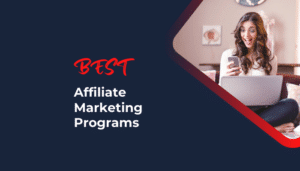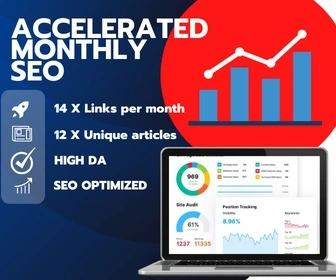Your product is priced right, it appeals to your current market, but your online campaigns are failing to meet your goals. People then said if you place it on the internet, it’s a cheap way to advertise. They also said that you will make buckets full of buckets. But your products aren’t selling as they suggested it would. Were they lying to you? It feels like the only one winning it Zuckerberg.
Listen here, we have all gone through this. It’s normal. It’s also how we learn. But we can move forward and get it right. The key is you need to be organised and patient. And be positive!
A platform like Facebook offers you many things to try out. Part of your job is to experiment to find the ones that are working for you. One way of going about is to do test pilot campaigns. You then lower your risk and the cost, but at the same time do some market research of what is working. The great thing s when you hit the right option for you, the rewards will cover the losses of the others.
But let’s speed things up a bit – to do that you firstly will need to be disciplined. The focus on getting the biggest wins early on. For that you need to look at split-testing.
Split testing, also called A/B testing, is to compare two or more things against each other. Then you can see which is performing the best. This testing is a continuous process and the results can change. That is since what is working now might not work later. A great benefit of split testing is that you will grasp much insights into your audience. The insights could include how the audience responds to them.
It might be easier if you are a newbie to not do your testing early. Although it’s recommended. Alternatively keep your focus limited, like looking at clicks to website only. After you are more comfortable you can add more groups and go into multivariable testing.
There are some rules you need to adhere to:
- Only change one thing and keep all else static. That way you can control the variables to gage what is actually changing.
- Check the ads every 24 hours, same time daily. You want a clear sample not a random view.
Start with things that are poles apart. That way you will get an overall sense of that what’s working for your target group.
The order of testing
Your budget will be a dependent factor of how many variants you can test. But once you are ready, these are the order to follow:
- Campaign type
- Audience
- Angle
- Image
- Landing page
- Headline
- Copy
- Campaign objective
- Placement
Step 1 test the campaign type
Known what campaign type you want to run is the first step. If you want to sell more to current customers, then pick re-targeting. But if it’s to find more of the same sort of audiences, then pick lookalike audience. And if you are going to start of scratch, then pick manual campaign.
Now pick your campaign type.
Step 2 test the audience
After you have done your strategic move of picking your campaign type you need to focus on your audience. Here think who is your actual audience and where will you find them.
Your target audience on Facebook will be a fan page, the interest show or behavior. Test for example 4 ad sets within a campaign by using a different target audience in each. You can then gage which of the audiences will lead to be best results. But do test each group independently rather than as a bulk so you can know which is working better. Also your test will be more accurate.
Step 3 test the angle
The angle is the direction or the overarching message you show to the user. If you propose 1 or more core messages and the audience selects one above the other you know which way they are leaning toward. And it’s an asset if your audience guides you.
Step 4 test your image
You have your angle sorted then it’s easy to find your image and ideas for your landing page. Remember without your angle you will struggle to focus and you will just waste time and maybe even funds.
Another point you should consider is to test your landing page and the image.
You should look at if there might not be other factors that impacting the low conversions. That is since it might not be the image. Other factors could just be that they need to warm up before conversion. You can add more images as people are more inclined to find images more trustworthy. This might increase your conversions.
But still it would be wise to test your images. You want the maximum results. So the better the results it can imply that there is a higher likelihood that the image will attract the attention of the customer. With more conversions, it means that you will reduce the cost of price of each add. That is since images helps to enhance traffic and that is how it lowers the cost. But still to do the tests, use about 30 – 50 images. Later on you might want to increase the number to 50 +. But select images that relate to your angle. That is since your goal is to lure them in and allow them to convert on your website. With the main goal to sell them your product.
Step 5 test the headlines
Once your angle (aka the topic) is sorted, and you have your images, you need to craft your headline. Just remember that the headline will be less important that the image. This is when it is aimed at grabbing the customer’s attention.
But don’t ignore the headline. The copy of the headline should be to get the attention of the customer. Some argue that some words like ‘free’ will get more attention. However, studies were done and found no, if any, difference between those ads that had the word ‘free’ in and those that did not. But the selection of words will be depended on your target group as they have some jargon words that stand out more to them than others. You should understand your audience, then it would be easier to select words that could create curiosity with the customer.
Step 6 test the copy
The copy of the ad is the description. This description explains more about what the customer will be expecting about the ad. That is the description or copy will contain more details than the headline, and it supports the headline.
The key is to keep the copy simple, and clear. Also from a technical issue, you should test the copy on both desktop and mobile platforms to see if it is displaying correctly. Sometime if the copy was placed on the wrong platforms, such as iOS instead of desktop, it will present oddly.
Step 7 test the campaign objective
There are marketers that believe that the campaign objectives that includes the website conversions and clicks to the website, should be reviewed earlier. And yes, that would be a good idea. But it’s not that important. If you are new to this, leaving it till later will make your life easier. But as you start to understand how your audience think, you can then do it earlier.
Still you test the campaign objectives to see which will be working better for you. And it’s vital that you do that.
Step 8 test the placement
Simply put, placement is where your ad will be shown. This could be on a desktop newsfeed, or even the mobile newsfeed. It could be on the right, on the top, etc. the best would be to test each of them to see which is working the best for you. But to begin, select the mobile and desktop newsfeeds first. The motivation for the newsfeeds are that they are by and large performing well, so just like above let’s keep it modest for at this time. Just a warning each platform will have its own quirks, filled with benefits and problems. You need to see which is working best for you and your goal. There is not a one fit all model, and your goals and objectives differ from other. Just keep that in mind.
Round up
Just remember to do your reporting and split testing to see if all is working fine, and to see where there might be an issues.
For the reporting, you must not forget that once you have enough data to work with (just trustworthy not statistically significant), you can look at reporting. Reporting is the breakdowns and they provide interesting insights such as age groups that perform better etc. Also recall that statistical significance aids you work out how sure it is that one ad performs better than another. Most often people agree a 95% certainty. It doesn’t take your demographics size into account so you will need to know when you have enough data. Just keep it to about 100 clicks or 10 conversions per adset depending on your objective and you should be fine. You will certainly need similar solutions for Linkedin Ads, AMS, Google Adwords and Bing Ads. Each platform might function differently – but conversion rate optimization has a set of principles that tend to be universal.
Also see: When it comes to PPC audience targeting, why restrict yourself to Google only?
